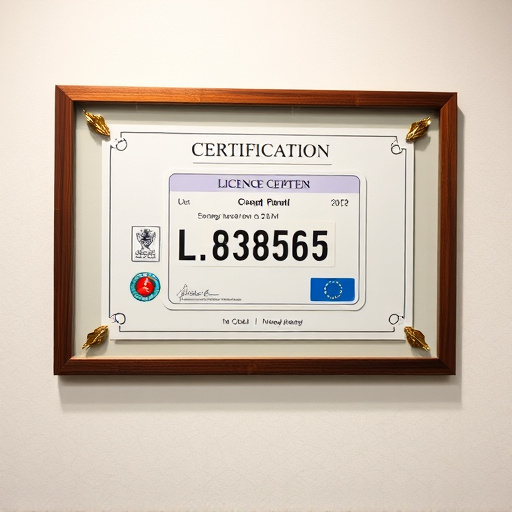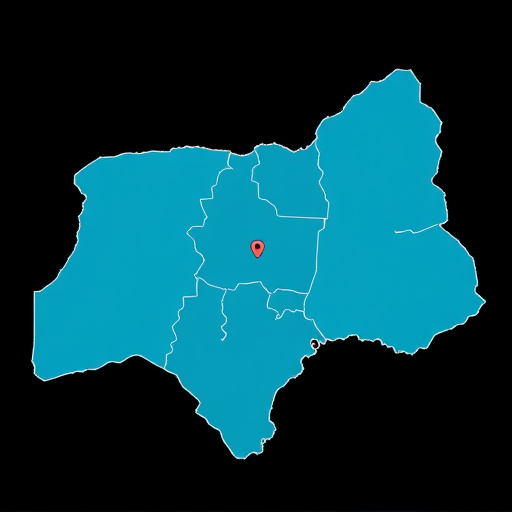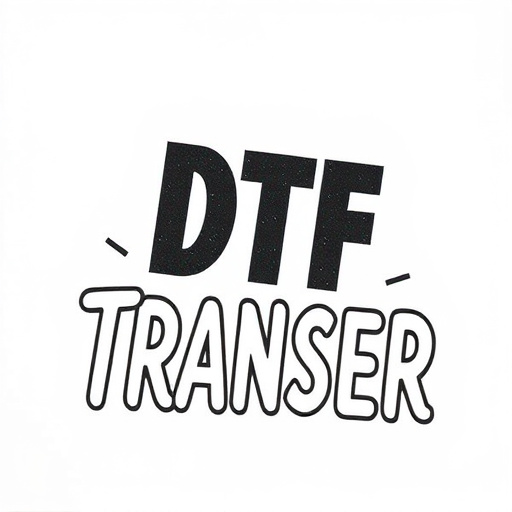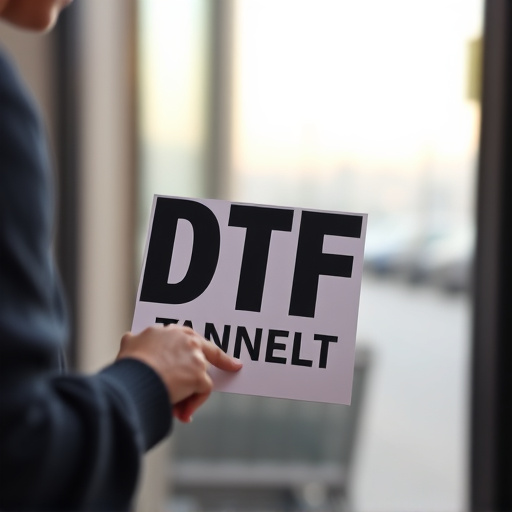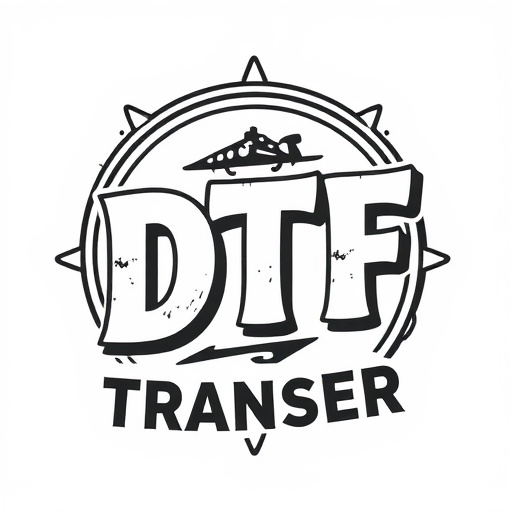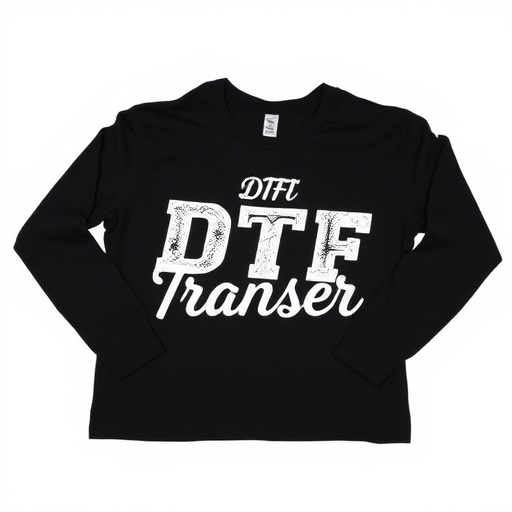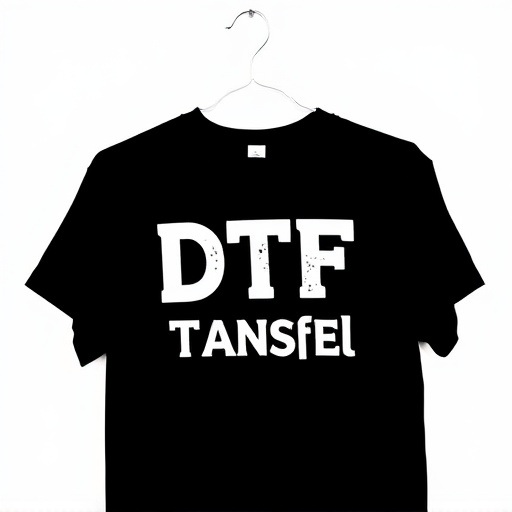DTF Prints (Direct-to-Fabric Printing) is a cutting-edge technology revolutionizing the clothing industry by directly printing vibrant, durable designs onto fabrics, catering to fashion, sportswear, and promotional apparel. This method offers seamless integration of intricate patterns and bold graphics, eliminating expensive setup costs and machinery. Choosing the right DTF ink and substrate for fabric types like cotton or polyester ensures high-quality prints. Designing transfers with key factors in mind enhances print quality, durability, and vibrancy after washing. DTF printing streamlines workflows, reduces waste, and cuts turnaround times, offering unparalleled customization for personalized, unique garments. Case studies demonstrate its versatility in creating custom athletic wear and digitally printed dresses, transforming specialty clothing items.
“Unleash creativity with DTF Prints—a game-changing technology for specialty clothing. This comprehensive guide explores the world of Direct-to-Fabric (DTF) printing, offering a deep dive into its benefits and unique applications. From understanding the technology to choosing the right inks and substrates, we cover it all. Learn how DTF enables intricate designs on various fabrics, enhancing garment production with precision and efficiency. Discover real-world case studies showcasing successful DTF transfers, transforming ordinary clothing into extraordinary pieces.”
- Understanding DTF Prints: A Direct-to-Fabric Technology Overview
- Advantages of Using DTF for Specialty Clothing Applications
- Choosing the Right DTF Ink and Substrates for Different Fabrics
- Design Considerations for Optimal DTF Print Quality on Clothing
- Incorporating DTF into Your Specialized Garment Production Process
- Case Studies: Successful DTF Transfers on Unique Clothing Items
Understanding DTF Prints: A Direct-to-Fabric Technology Overview

DTF Prints, or Direct-to-Fabric Printing, is a cutting-edge technology revolutionizing the way we adorn specialty clothing items. Unlike traditional printing methods that often rely on intermediate surfaces, DTF directly applies inks onto the fabric, offering unparalleled precision and vibrancy in color reproduction. This innovative approach allows for intricate designs, from bold graphics to delicate artistic patterns, to be seamlessly integrated into the textile structure.
This technology leverages specialized printers and inks designed to bond securely with various fabrics, ensuring durability even under rigorous washing and wear conditions. The direct application method not only enhances the visual appeal of garments but also provides a smoother, more consistent surface texture compared to traditional printing techniques. DTF Prints are particularly favored in industries where customization and unique design expression are paramount, such as fashion, sportswear, and promotional apparel.
Advantages of Using DTF for Specialty Clothing Applications

Using Direct to Fabric (DTF) printing for specialty clothing applications offers several significant advantages. One of the key benefits is its ability to produce high-quality, vibrant prints on a wide range of fabrics, ensuring that designs are not only visually appealing but also durable. DTF allows for detailed and precise imagery, making it ideal for intricate patterns and complex graphics commonly found in fashion and lifestyle clothing.
Additionally, DTF printing methods are versatile and efficient, enabling the customization of clothing pieces according to specific design needs. This technology accommodates both small and large-scale orders, making it suitable for various business models, from independent designers to mass production. Moreover, DTF Prints offer a cost-effective solution by eliminating the need for expensive set-up costs and complex machinery, making it an attractive option for businesses looking to streamline their production processes while maintaining exceptional print quality.
Choosing the Right DTF Ink and Substrates for Different Fabrics

When designing transfers for specialty clothing, selecting the appropriate DTF (Direct-To-Fabric) ink and substrates is paramount to achieving high-quality prints on diverse fabric types. Different fabrics present unique challenges and requirements due to their varying textures, compositions, and porosity levels. For instance, natural fibers like cotton absorb inks differently than synthetic materials such as polyester. Therefore, choosing the right DTF ink that complements the fabric’s characteristics ensures optimal print performance and longevity.
For soft, porous fabrics like cotton or linen, water-based DTF inks are often the preferred choice due to their ability to create vibrant, soft prints with excellent adhesion. On the other hand, for smoother surfaces like polyester or nylon, solvent-based inks might be more suitable, offering superior color saturation and durability. Additionally, the substrate’s weight and stretch properties should be considered, as these factors influence ink distribution and print clarity. By understanding the interplay between fabric, ink, and substrate, creators can produce stunning DTF prints that enhance the aesthetic appeal of specialty clothing items.
Design Considerations for Optimal DTF Print Quality on Clothing

When designing transfers for application on specialty clothing items, several key factors come into play to ensure optimal DTF (Direct-to-Fabric) print quality. Firstly, consider the fabric type and its properties; different materials like cotton, polyester, or blends have varying levels of absorbency and porosity, which directly impact ink adhesion. Choosing a transfer designed for the specific fabric will enhance print clarity and longevity. Secondly, the design itself should be simple yet impactful; intricate details may be challenging to reproduce accurately during the printing process. High-contrast elements and solid colors work best, allowing for precise DTF printing.
Additionally, layout placement is crucial. Positioning designs in areas with minimal fabric stretch or movement will prevent smudging or distortion after application. Keep in mind that pre-treatment of the clothing, such as washing or softening, can affect ink bonding; thus, selecting a transfer with appropriate adhesive properties becomes vital to ensure the print stays vibrant and durable even after repeated washes.
Incorporating DTF into Your Specialized Garment Production Process
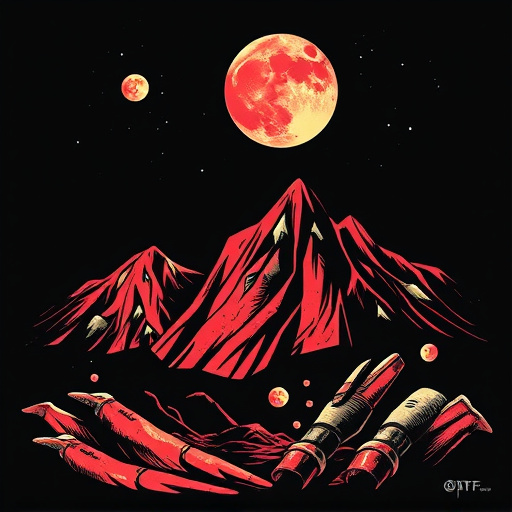
Incorporating Direct to Fabric (DTF) printing into your specialized garment production process can significantly enhance efficiency and design flexibility. DTF is a modern, innovative technique that allows for precise, vibrant prints directly onto various fabric types, making it an ideal choice for custom, high-quality clothing items. By adopting DTF, manufacturers can streamline their workflow, eliminating the need for costly intermediate steps like screen printing or heat transfer. This results in faster turnaround times and reduced material waste.
Moreover, DTF printing offers unparalleled design possibilities. It enables the reproduction of intricate patterns, photographic images, and even gradient effects with exceptional detail and color accuracy. This level of customization is particularly valuable for specialty clothing lines that cater to individual preferences, ensuring each piece is unique and appealing to customers seeking distinctive, personalized styles.
Case Studies: Successful DTF Transfers on Unique Clothing Items
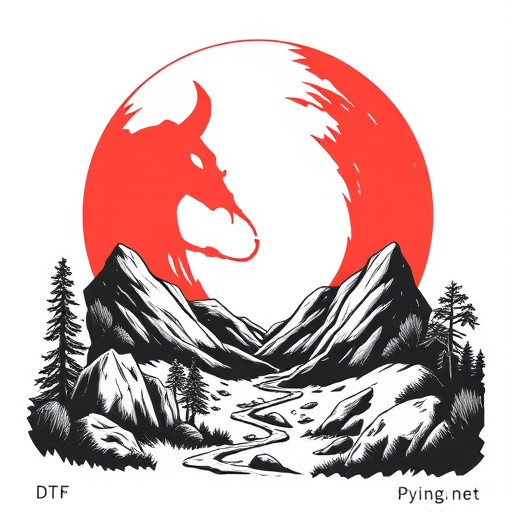
In recent years, Direct to Fabric (DTF) printing has emerged as a game-changer in the textile industry, particularly for specialty clothing items. This innovative technique allows for precise and vibrant prints on various fabrics, opening up endless possibilities for designers and manufacturers. Case studies of successful DTF transfers on unique clothing pieces have showcased remarkable results, demonstrating its versatility and effectiveness.
For instance, one notable study highlights the successful application of DTF prints on custom-made athletic wear. The process involved transferring intricate graphics and patterns directly onto performance fabrics, resulting in high-quality, durable designs that retained their vibrancy even after multiple washes. Another case study focuses on a collaboration between a fashion designer and a tech startup, where DTF was used to create limited-edition, digitally printed dresses. These garments featured dynamic, eye-catching patterns, blending art and technology seamlessly. Such examples illustrate how DTF Prints can enhance the aesthetic appeal and uniqueness of specialty clothing items, catering to diverse consumer preferences in today’s market.

